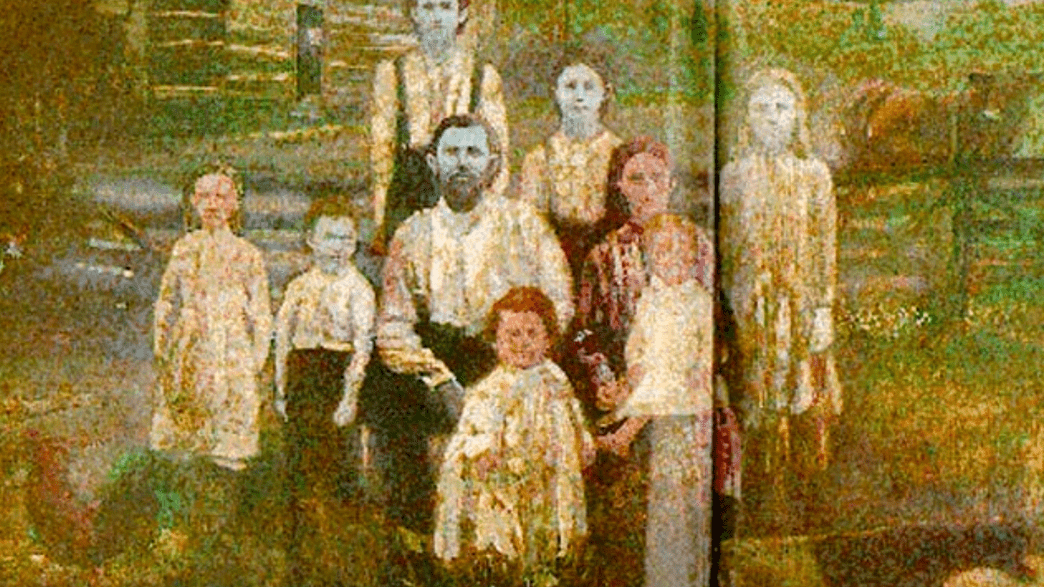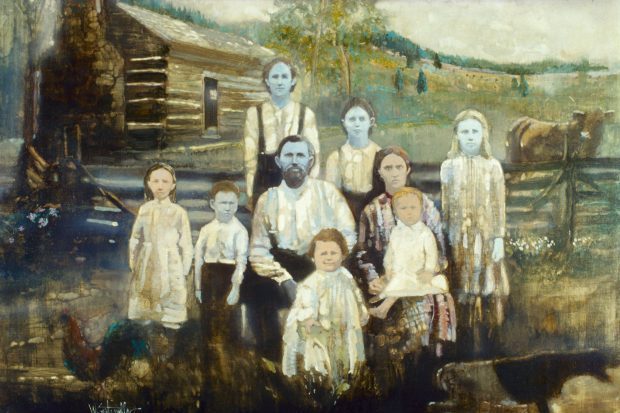So this whole blue people thing? Yeah, I stumbled on it like everyone else probably does – some weird comment thread late at night talking about "blue-skinned hillbillies." Sounded like pure fantasy, right? Like some tall tale. But the "Appalachia" part stuck with me. I got curious. Real curious.
Digging Through the Bullcrap
Started simple. Just Googled "blue people Appalachian." Bam. Tons of results. Most looked like clickbait or spooky legend stuff. Had to sift through that garbage. Learned real quick the main family name popping up: the Fugates. Kentucky. Specifically, around Troublesome Creek area. Kept seeing that name.
Wanted facts, not ghost stories. Pushed past the tabloid-looking sites. Hit up places like historical society archives online. Found mentions of Martin Fugate back in the 1800s, described as "blue." Okay, not just modern gossip. Even found some old newspaper clippings mentioning blue-skinned families. That got me leaning in. Was there something real behind the legend?

Hitting the Medical Stuff (Without Drowning)
This is where it got tricky. Needed to understand why someone might turn blue. Knew it wasn't freezing or lack of oxygen like turning purple. Started searching medical stuff. Terms like "skin discoloration genetic disorder." That's when I hit the wall: Methemoglobinemia. Try saying that three times fast. Medical jargon nightmare.
Felt lost for a bit. Looked it up in plain English: basically, a rare blood disorder where your blood can't carry oxygen right. Your blood changes, gets brownish instead of red, and that makes your skin look... blue. Ah-ha! Suddenly the legend had a scientific hook.
But why them? Why Kentucky? Kept digging. Found articles explaining the cause for the Fugates. It was recessive. You need two copies of the wonky gene. And in isolated communities back then, especially way up in the hills? People married within the same small groups. Cousins marrying cousins. Over generations, that recessive gene had a much higher chance of popping up in kids. Boom. Blue babies born to parents who just carried the gene but looked normal. The Fugates weren't isolated freaks; it was a perfect storm of genetics and geography.
The Pieces Click
Putting it all together felt satisfying. The legend was built around a real, documented medical condition. Found articles mentioning specific doctors, like Madison Cawein from Lexington in the 60s, who tracked down Fugate descendants, confirmed Methemoglobinemia, and actually figured out a treatment – methylene blue dye, injected or taken as pills. Imagine that! A dye curing the "blue"!
Found accounts from later Fugates. One woman, born blue, talking about moving away to the city as a young woman and facing all the stares and jokes before getting diagnosed and treated. The human side of the condition really hit home. It wasn't just a medical curiosity; it was real people living with it.

Where It Stands
So, the "Blue People" were real, caused by a recessive genetic disorder called Methemoglobinemia. The Fugates are the most famous case thanks to their isolation. Modern medicine can fix it easily with methylene blue. You rarely see it now, especially not dramatically blue like some early reports, because families spread out more. But descendants? Still around, carrying the gene.
Finished my rabbit hole feeling like I’d peeled back a weird piece of American history. It started as a wild legend, but underneath was this fascinating mix of science, family history, and simple geography locking a rare gene in place. Life’s stranger than fiction sometimes, huh?











